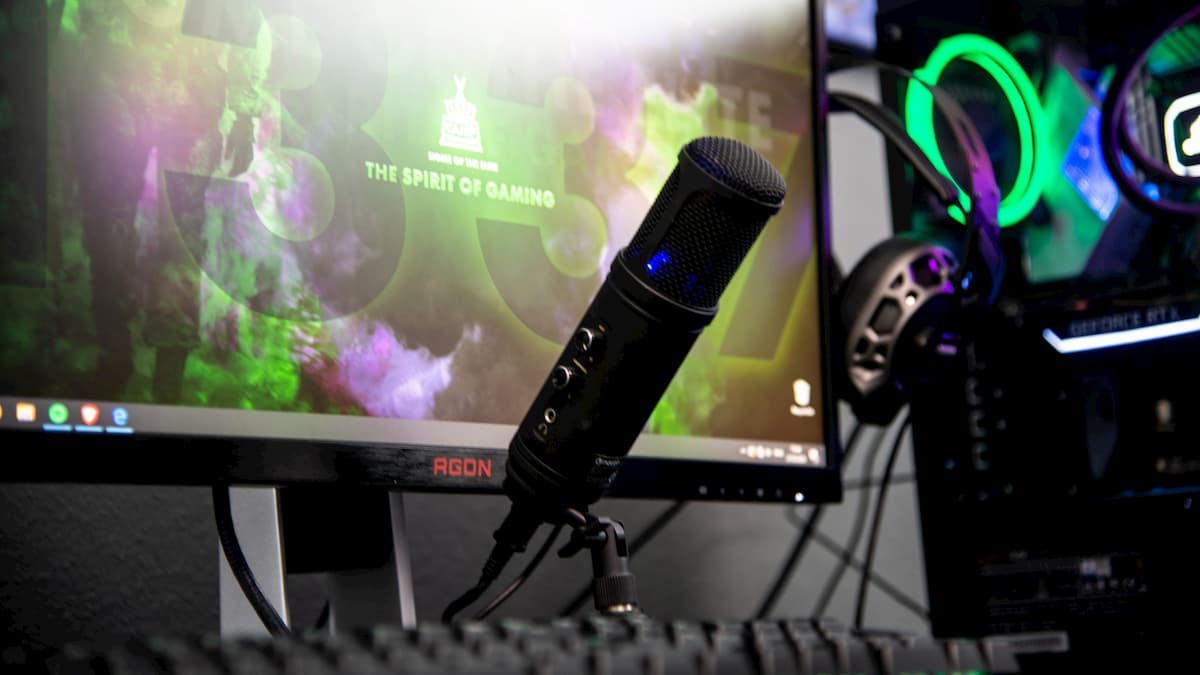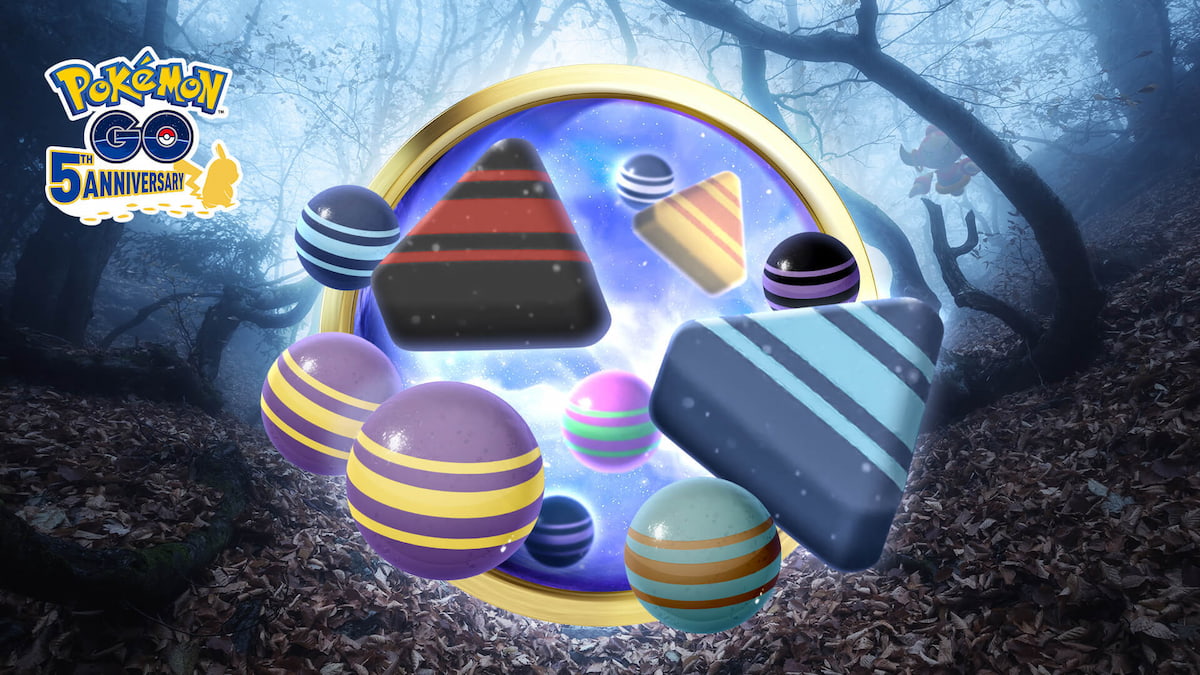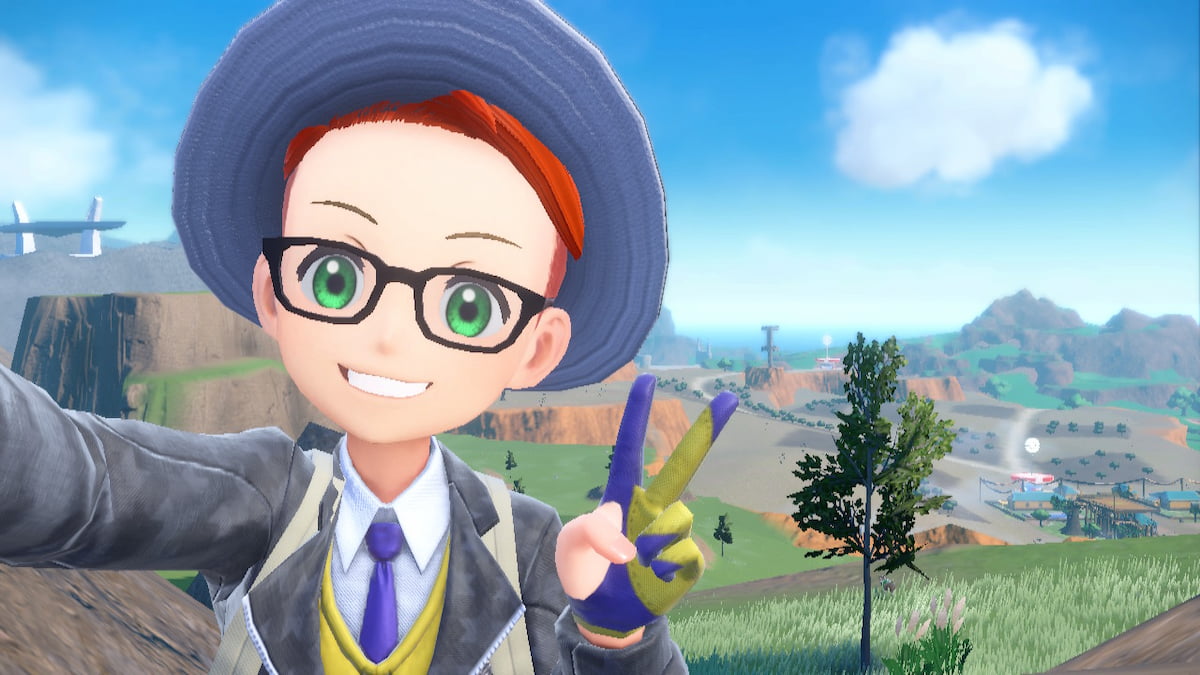If you are streaming on Twitch, you always want to look your best. While most of the elements on your stream are under your control, such as what your overlays show and how you look, the settings that your stream software uses will determine how smooth your broadcast is. The quality aspect of your feed can make a difference to new visitors seeing your stream for the first time. If it looks good, viewers are more likely to come back.
However, knowing what settings are ideal for your stream set up can be daunting, especially to those who are new to streaming or without a level of technical know-how. It doesn’t need to be, so here are all the settings you need to worry about in OBS Studio and Streamlabs OBS.
Output
In the settings of your software, head into the Output settings and then onto the Streaming tab.
Encoder
If you are using a computer that contains a recent Nvidia graphics card, you may have access to the NVENC encoder, Nvidia’s protocol which can help to offload much of the work that OBS does to your graphics card rather than your processor.
When the option is available and streaming from the same computer you are playing your content from; the NVENC encoder is the recommended method. The results can be better on the x264 encoder, but only if it is not your primary machine for playing the game.
Rate Control
This setting controls how the bitrate is delivered to the Twitch servers. If you want to see consistent results, you will want to set this to CBR (Constant Bitrate). However, if you’re concerned that your set-up will not sustain a constant bitrate and want to give yourself some breathing room on your upload, you can use VBR (Variable Bitrate) and set a parameter for the bitrate.
Bitrate
This is the amount of data sent to the streaming service, determining the quality of the feed. You will want the bitrate to be set appropriately for the resolution that you are streaming at.
| Video Bitrate (Kbps) | Resolution | |
| 1080p | 6000 | 1920×1080 |
| 720p | 3500 | 1280×720 |
| 480p | 1000 | 720×480 |
The video bitrate described above will be at the highest quality for the resolution you are outputting. If you go any higher than this based on your resolution, you are unlikely to see a change in quality but will continue to use more resources.
Related: What is bitrate and what does it mean for streaming on Twitch?
If you use VBR, you can set the max bitrate to those mentioned above and lower the standard bitrate to allow for a more stable stream where required.
Keyframe Intervals
This is about the number of keyframes. In essence, keyframes are when the entire frame of the video is sent to the provider instead of just the differences between the previous frame. It’s fairly complicated to understand, but with OBS, typically, you will find that setting this to 2 will offer the best balance between your picture quality and the speed at which viewers will see your stream.
(CPU Usage) Preset
This is more common in setups that use x264 as your computer’s processor drives this encoder. In using the x264 encoder, the “veryfast” setting is typically your best option. For those using the NVENC encoder, the ‘Quality’ option offers the best quality for your PC’s performance.
All of the other Output settings can stay as they are at default.
Audio
For the audio tab, you will find plenty of options for audio tracks to add to the Twitch feed, though the only one that really matters for Twitch is the first channel,
The only option in each that you can amend is the audio bitrate. For the best possible sound, you can now set the audio bitrate to 320. This presents the best possible sound quality for the stream and shouldn’t add too much to your internet upload requirements.
Video
Base (Canvas) Resolution
This is the size of your canvas in OBS. Typically, it will consist of the standard 16:9 widescreen aspect ratio. This should be the same as your display’s resolution. If you’re not sure what this is, you can find this in your Windows, Linux, or Mac display settings.
Changing this from your current screen resolution will add an extra layer of processing for your computer, meaning your computer’s performance will worsen.
Output (Scaled) Resolution
Output (scaled) resolution is the resolution you will output to Twitch and the source resolution that your viewers will have access to. This is where the bitrate and resolution come together. 720p (or 1280×720) is the standard for smaller streamers as this will be easier for those watching on mobile devices with data rather than a Wi-Fi connection.
With these settings for your OBS Studio or Streamlabs OBS configuration, you will find the best balance between performance and power usage for your streaming. However, it is always worth experimenting where possible to improve your broadcast.







Published: Apr 21, 2021 04:33 pm